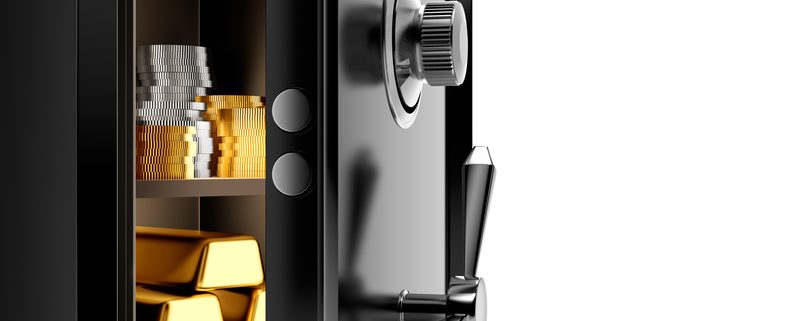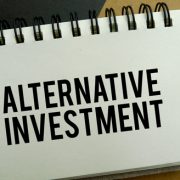Precious Metals Investing in Self-Directed IRAs: Pros and Cons
What is a method of investing that many retirement investors—even experienced ones—don’t always know about? Simple: Self-Directed IRAs. In short, Self-Directed IRAs can be a powerful tool for building wealth and diversifying your retirement portfolio. While traditional IRAs are limited to investments in stocks, bonds, and mutual funds, Self-Directed IRAs allow you to invest in a wide variety of alternative assets, including precious metals. In this blog post, we’ll explore the pros and cons of investing in precious metals through a Self-Directed IRA.
Pros of Precious Metals Investing in Self-Directed IRAs
It starts with looking at the benefits of holding precious metals in a retirement portfolio. And while there are numerous reasons investors might do this, it’s worth exploring some of the universal reasons that many people might consider gold and silver within an IRA to be a plus:
- Diversification: Precious metals, such as gold and silver, have historically performed well during times of economic uncertainty and inflation. By adding precious metals to your Self-Directed IRA, you can diversify your portfolio and potentially reduce your overall risk.
- Tax benefits: Investing in precious metals through a Self-Directed IRA can provide significant tax benefits. When you sell your precious metals, any profits are tax-deferred or tax-free. This does, however, depend on the type of Self-Directed IRA you have. This also assumes that you executed the trade successfully within the tax protection of a Self-Directed IRA. That is where a Self-Directed IRA administration firm helps.
- Hedging against inflation: Precious metals are often used as a hedge against inflation. This is due to their value that tends to rise during times of high inflation. By investing in precious metals through a Self-Directed IRA, you can protect your retirement savings from the effects of inflation.
Cons of Precious Metals Investing in Self-Directed IRAs
Any legitimate method of investing is going to have potential downsides, as there are always risks with investing. But if you know what you’re doing—and how to manage those risks—you can build a plan that focuses on the upside. Let’s explore the potential cons to precious metal investing:
- High fees: Investing in precious metals through a Self-Directed IRA can come with high fees, including storage fees and transaction fees. These fees can eat into your returns and reduce the overall value of your retirement savings. (However, American IRA works to keep its fees static and low-cost).
- Limited liquidity: Precious metals can be difficult to sell quickly, which can be problematic if you need to access your retirement savings in a hurry. It’s important to consider the potential liquidity issues before investing in precious metals through a Self-Directed IRA.
- Market volatility: Like any investment, precious metals can be subject to market volatility. While precious metals have historically performed well, there is no guarantee that they will continue to do so in the future.
That isn’t to say that these downsides should be prohibitive. If you can manage them effectively, you’ll likely find that your approach to precious metals investing sets you up for success. Beyond that, there’s no telling where any investment market is headed. That is why diversification can be so important for Self-Directed IRA investors.
Investing in precious metals through a Self-Directed IRA can be a smart strategy for diversifying your retirement portfolio and protecting your savings from inflation. However, you should carefully consider the potential pros and cons before making any investment decisions.
Interested in learning more about Self-Directed IRAs and how they can be used to invest in precious metals and other alternative assets? Contact American IRA, LLC at 866-7500-IRA (472) for a free consultation. Download our free guide or visit us online at www.AmericanIRA.com.











